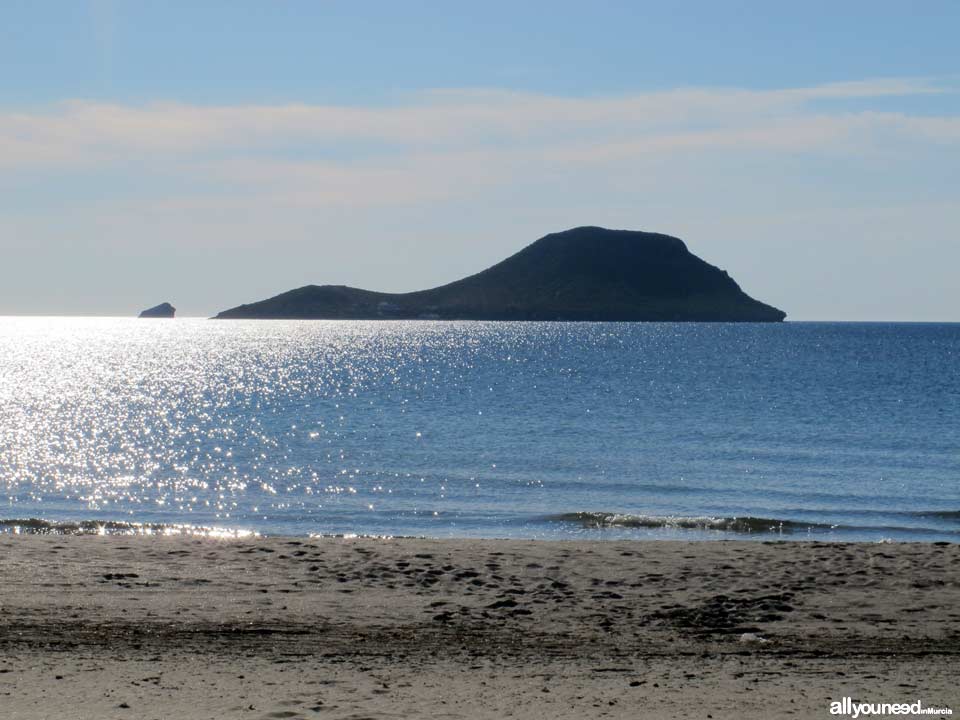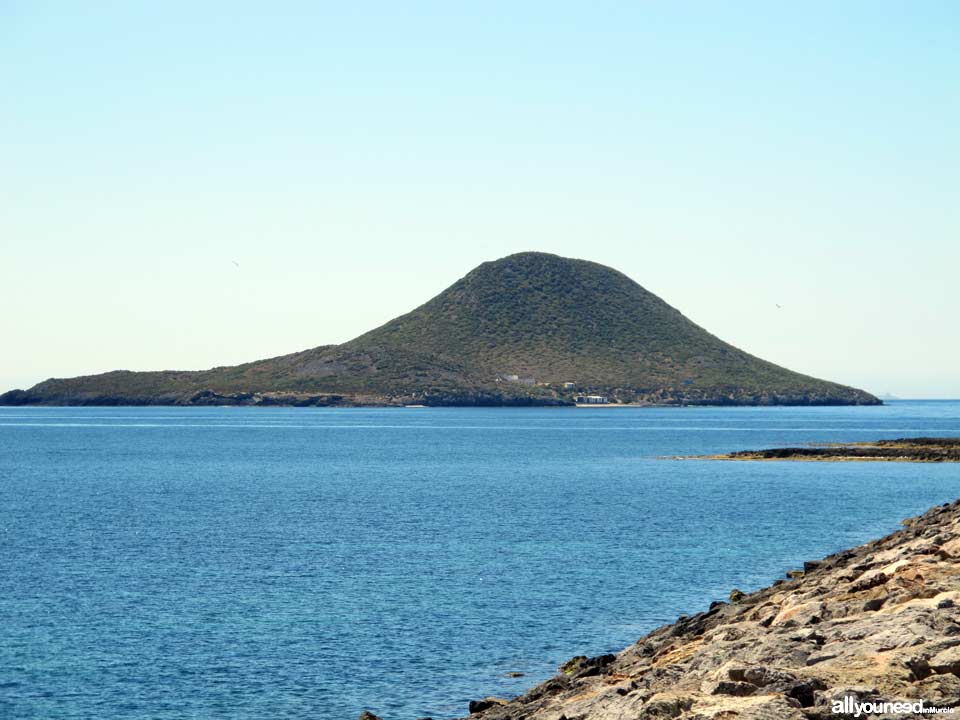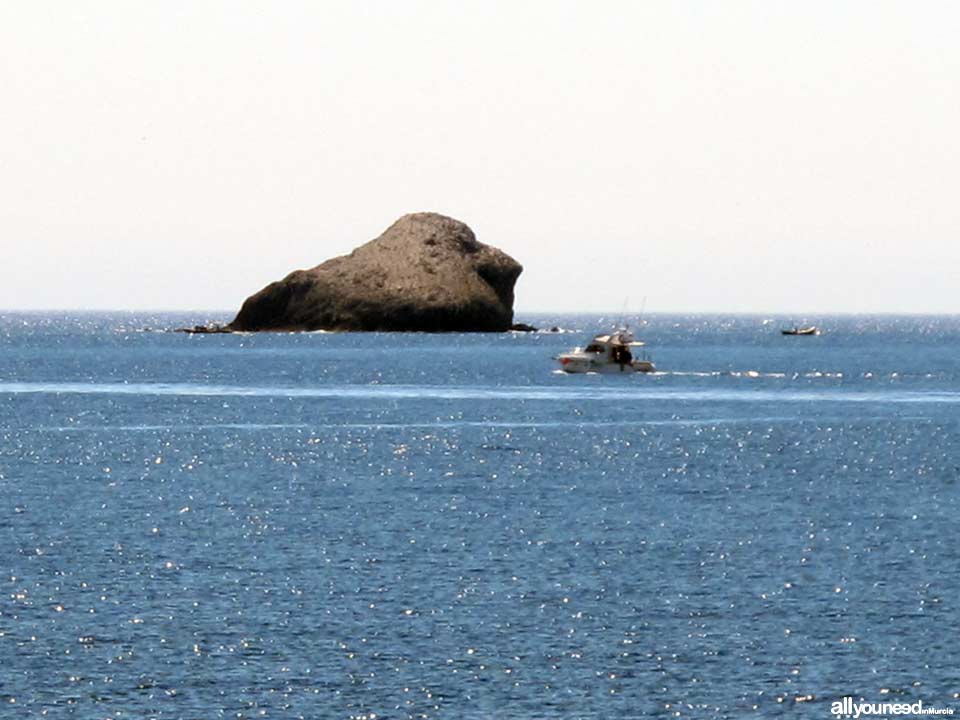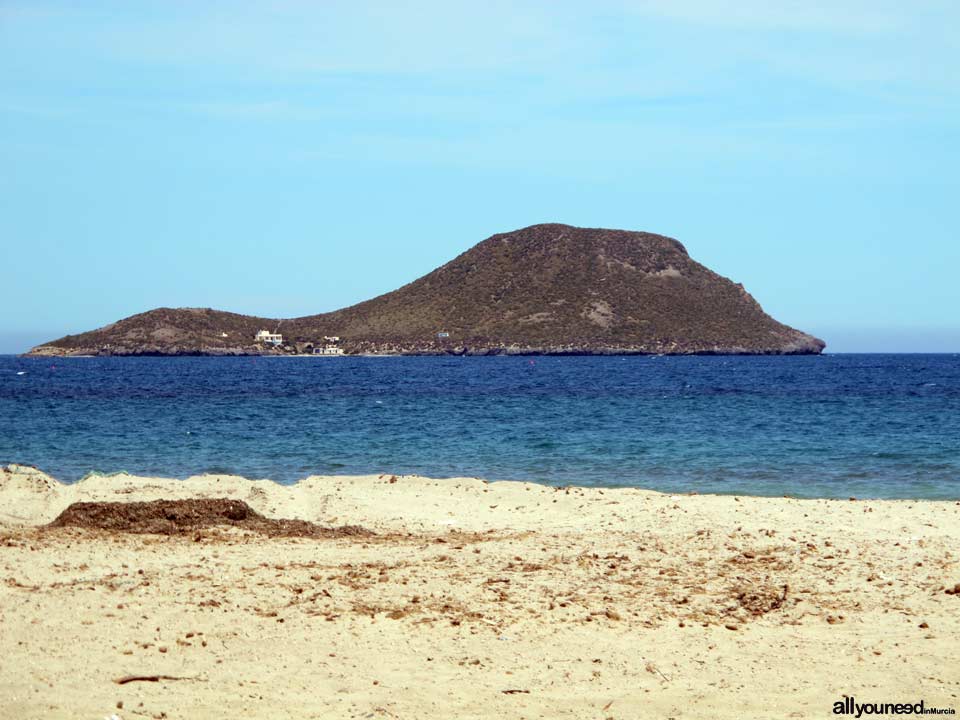
What do you need?
Destination
Category
Nature, Sea & Mountain
Grosa Island and Farallón Rock Formation
La Manga del Mar Menor
30380 -San Javier-
Spanish name: Isla Grosa y el Farallón
 Out in the open sea, 2.5 kilometers from La Manga del Mar Menor, we find the volcanic islands of Grosa and El Farallón, with a combined surface area of 17.5 hectares and a steep terrain of up to 90 meters in height. Both islands were declared Protected Wildlife Reserve in 1992, Protection Area for Local Wildlife and Site of Community Importance in 1995 and Special Bird Protected Area in 2000. The islands were also included in the Red Natura network and categorized as specially protected area of Mediterranean importance.
Out in the open sea, 2.5 kilometers from La Manga del Mar Menor, we find the volcanic islands of Grosa and El Farallón, with a combined surface area of 17.5 hectares and a steep terrain of up to 90 meters in height. Both islands were declared Protected Wildlife Reserve in 1992, Protection Area for Local Wildlife and Site of Community Importance in 1995 and Special Bird Protected Area in 2000. The islands were also included in the Red Natura network and categorized as specially protected area of Mediterranean importance.
Both islands were home to Berber pirates back in the 18th century. Until the year 2000, they were used by the Spanish Armada to train combat and explosive ordnance disposal divers. In 2000, the islands were donated to the Region of Murcia Government which categorized them as a biological territory of restricted access. The purpose of this measure was to preserve delicate species such as audouin gulls, petrels and tufted cormorant, among others.
In the seabed of these two islands divers have found Roman and Phoenician shipwrecks. An example is bajo de la campana, a 5th century BC Phoenician ship that sunk with a significant tin and lead cargo, as well as valuable pieces such as African elephant tusks with inscriptions. All these objects are currently exhibited at the National Museum of Underwater Archeology of Cartagena.




0
comments








 Downloads
Downloads Related links
Related links 
